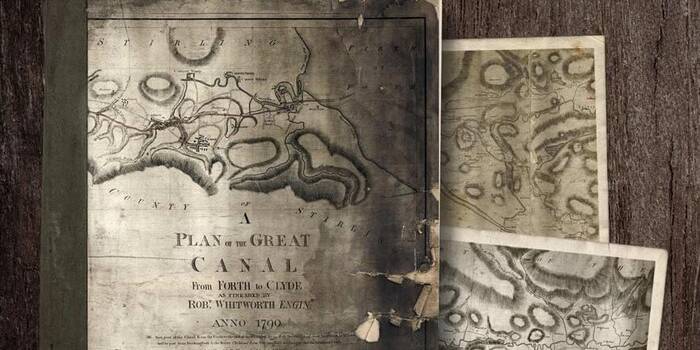Forth & Clyde Canal history

Follow the history of the canal that was designed to provide an important commercial route from the Forth estuary in the East to the Clyde in the West.

1763
Civil Engineer, John Smeaton surveys a route for the Forth & Clyde Canal.

1768
Construction of the privately-owned Forth & Clyde Canal is approved by an Act of Parliament.

1768
Work begins in June when the governor of the Canal Company digs the first spade-full at the Eastern sea lock. Over the years this area has grown into what is now known as Grangemouth.

1775
Work stops just North of Glasgow due to a lack of funds.

1777
City merchants raise money to build a branch of the canal into the city.

1785
Government money forfeited from the Jacobite Estates is available and the canal continues its journey to the River Clyde at Bowling.

1790
The Forth & Clyde Canal is opened.

1867
The canal is bought by the Caledonian Railway Company.

1923
Caledonian Railway Company is absorbed into London Midland and Scottish Railway.

1948
The canal is nationalised and administered by the British Transport Commission.

1962
Rights of navigation are extinguished by Parliament and the canal closes in 1963.

2001
The canal is reopened as part of the £83.5m Millennium Link – the largest canal restorations anywhere in Britain.

2002
The Falkirk Wheel reconnects the Forth & Clyde and Union Canals for the first time in over 70 years.